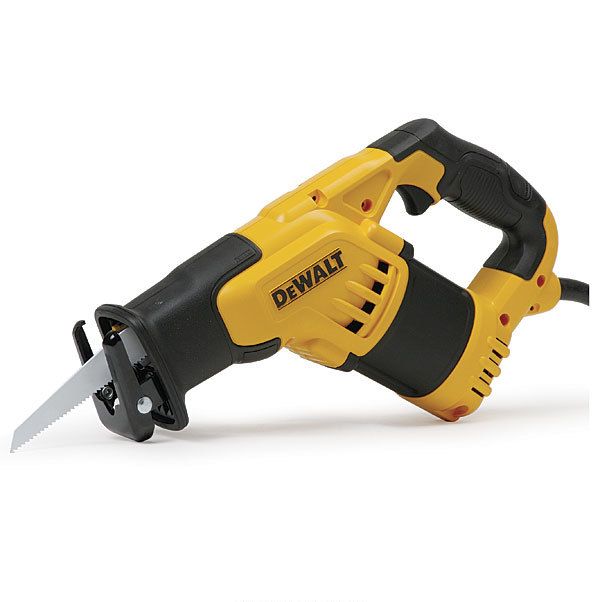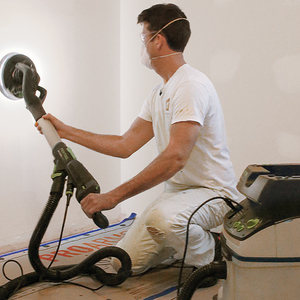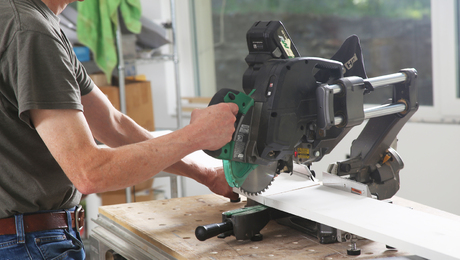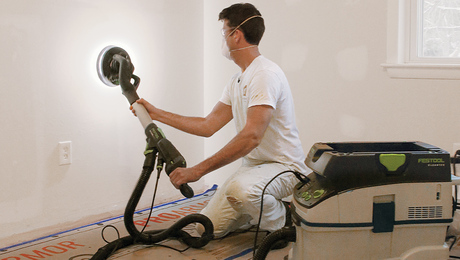
Lately, my contracting business has been landing more renovations and additions than it has new homes. One of the items I thought my crew and I could benefit from having in our arsenal was a corded compact reciprocating saw. There are a few brands to choose from, but I kept coming back to the DeWalt DWE-357. I liked this saw’s $120 price, its size, and the fact that it has a respectable 10-amp motor.
At just 6.8 lb. and 14-1⁄2 in. long, this saw was designed to get into some awkward places. It has all the bells and whistles any reciprocating saw should. The overmolded soft grips on both the main handle and front-boot area make it a comfortable tool to use while also helping to limit vibration; the variable-speed trigger lets you control the 1-1⁄8-in. blade stroke without having to think about it; and the four-position toolless blade clamp lets you configure the saw to get into just about anywhere. Anyone who has done much remodeling work has surely found themselves in a joist bay looking like they’re auditioning for the construction sequence of a Cirque du Soleil show with the butt end of a reciprocating saw one bound blade away from a broken nose and—worse—a bruised ego. This saw gets you out of there with the job done and your dignity intact.
The first project my crew and I tackled with this tool was trimming the ends of joists that once sat on a bearing wall but would now be flush-framed into a new beam. The saw also came out of the truck when we had to remove some ornate railings that were to be restored and reinstalled at the end of the project. I found the saw so comfortable to use that I soon started subbing it in for tasks that really called for my big 15-amp reciprocating saw. That’s where this tool’s limitations began to show.
With its smaller motor, this saw is not right for heavy demolition work, but it doesn’t claim to be. If full-size reciprocating saws are meat cleavers, then the DWE-357 is a paring knife. It is made for quick, clean cuts in tight situations, not for hogging out large amounts of heavy framing lumber. When doing heavy demolition, I found it not only slow (in comparison to bigger saws) but also unable to absorb adequately the vibration generated from cuts through heavy, dense materials. This makes it an uncomfortable tool to use. None of these criticisms should be held against this saw, however, because I was clearly pushing its capabilities to find what it could take. If used for its intended purpose, this is an excellent tool capable of handling a wide variety of cuts in a wide variety of materials in some tight situations.

























Comments are closed.